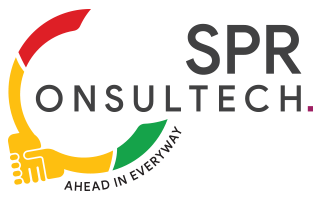Sourcing natural resources ethically has become increasingly important in the United States, particularly in light of growing environmental and social awareness. Companies operating in the natural resources sector are facing mounting pressure to not only extract and utilize resources efficiently but also to do so in a socially responsible and environmentally sustainable manner. Supply chain transparency is integral to achieving these goals.
Understanding Ethical Sourcing
Ethical sourcing involves the responsible extraction and procurement of natural resources, with a focus on minimizing negative environmental and social impacts. It entails adherence to ethical and legal standards, as well as the promotion of fair labor practices and the well-being of local communities.
The Importance of Transparency
Transparency lies at the heart of ethical sourcing efforts. It entails providing clear and comprehensive information about the entire supply chain, from the extraction or harvesting of resources to their final use. Transparent supply chains enable stakeholders, including consumers, regulators, and investors, to track the journey of resources and assess compliance with ethical standards.
Benefits of Supply Chain Transparency
– Building Consumer Trust: Ethical sourcing and transparency foster trust with consumers. When individuals have access to information about the sourcing and production of products, they are more likely to support companies that align with their values.
Regulatory Compliance: Many regions in the United States have implemented regulations that require companies to disclose the sources of their natural resources. Supply chain transparency ensures compliance with these regulations, reducing legal and reputational risks.
Competitive Advantage: Companies that prioritize supply chain transparency gain a competitive edge. They are better positioned to attract conscious consumers and investors, thereby enhancing their brand reputation and profitability.
Risk Mitigation: Transparency aids in identifying potential risks in the supply chain, such as unethical labor practices or environmental violations. Early identification of these issues allows for timely mitigation.
Challenges in Achieving Transparency
Achieving transparency in the natural resources sector poses challenges, including the need for cooperation along complex and often global supply chains, as well as the adoption of robust tracking and reporting mechanisms.
The Role of Auditing
Auditing is crucial in verifying the authenticity of supply chain transparency. Independent audits assess companies’ compliance with ethical sourcing standards, ensuring that claims of responsibility are substantiated.

